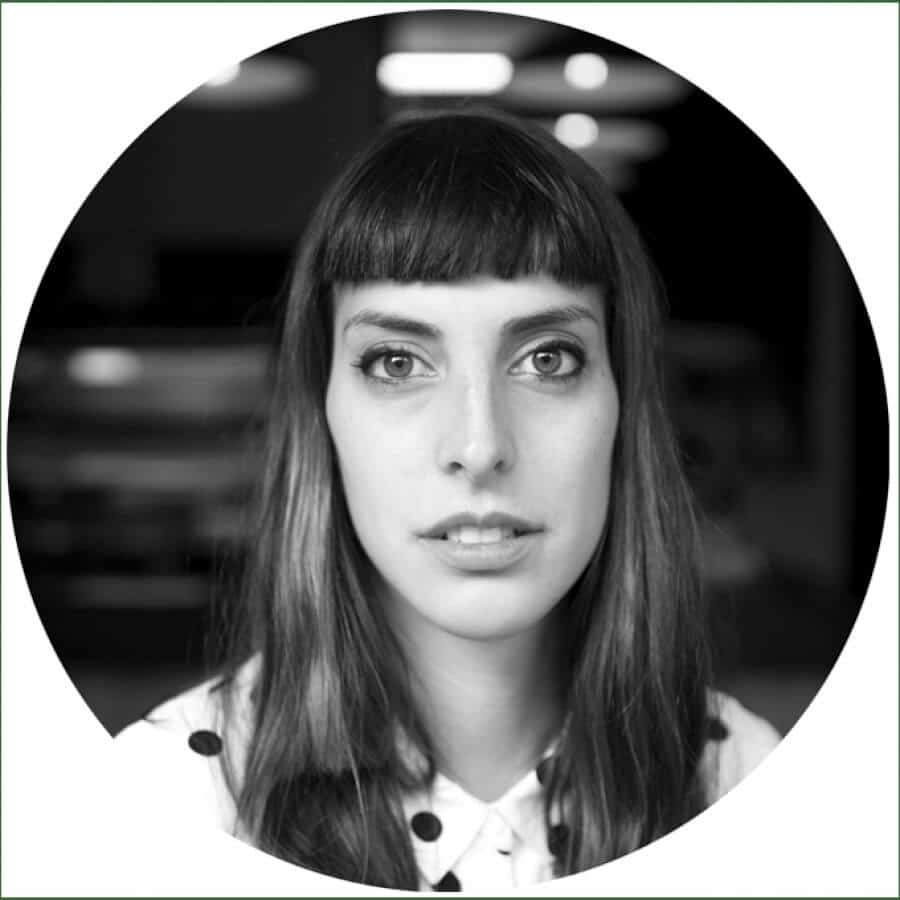When we hear the word cyborg, the first things that probably cross our minds are futuristic movies with half robots-half humans, or comic books that depict cyborg heroes and villains. By definition, a cyborg is a person whose body contains mechanical or electrical devices that ensure greater abilities than those of normal humans. Moon Ribas (31) is a Spanish avant-garde artist who saw the possibilities of extending her senses via technology and using it for art expression. Ribas got an online sensor implanted to her arm that allows her to feel earthquakes in real time, and she uses the sensation of the vibrations for her dance movements.
Ribas perceives earthquakes as vibrations inside her arm that enable her to discover the world in a whole new way and connect to it as never before. As she admits, it was hard getting used to this new input, but she eventually got used to receiving these vibrations every day, until it truly became a new sense. Ribas calls it – the seismic sense.
This is not the first time Ribas has used technology to extend her senses. During her studies in experimental dance, she was encouraged to use technology on her dance pieces, but she disliked it. She felt that technology influenced the performance of the dancer too much and created a counter-effect, making the dance piece too cold and unnatural. Ribas did not entirely discount the possibilities of artistic improvement and diversity that technology could bring to humans, but the way it was implemented seemed wrong. She believed technology should be a part of the dancer’s mind, not a factor external to the dance piece. At this point, she knew she wanted to incorporate technology in order to extend her senses, but she did not know how to do it in order to gain a new perception of movement.
At first, she developed a wearable speed detector (in the form of a glove) and used it to measure the speed of people around her or any other moving object – it was enough just to point with her hand at any of them to discover their speed. She contemplated how to use this new ability for her art, so she decided to define each capital of Europe by its average speed. Ribas visited thirty capitals in order to find out their average speed and created a dance video out of this project called The Speeds of Europe, combining the results of her unusual empiric research with dance movement. The next step brought her closer to what she desired – actually to have a sense, not to wear it: with the help of a colleague, she developed earrings that detected movement in a similar way. But this was not enough, since Ribas wanted to be a part of a much more universal movement and to experiment with her dance art.
That is when she decided to install a subdermal implant which receives data from a custom iPhone app that is connected to all the global geological monitors. As Ribas says, earthquakes are the heartbeats of the planet, and with this implant – she is able to transform the Earth’s movement into a human one, through the art of dancing. One of her dance pieces is called Waiting for Earthquakes where she waits for an earthquake to occur (any earthquake from around the globe) – in order to transform that sensation into dancing. The intensity of her movements depends on the intensity of the earthquake.
In 2010, Ribas founded a nonprofit organization called Cyborg Foundation, along with her long time artistic partner, Neil Harbisson (whom the media have described as the world’s first cyborg). Ribas and Harbisson offer support to people who wish to become cyborgs, they stand up for cyborgs’ rights and explore the possibilities of using cybernetics in the arts and social movements.
Ribas has said she felt like a cyborg the moment this motion became an emotion. However, there are still prejudices about the community of cyborgs. Many say that this only further alienates people from each other; that it brings people closer to technology but further from nature. Ribas disagrees, as she is a living example that it is not so. Technology gave her an opportunity to connect with nature in a much deeper sense, in a way that was previously not possible for her. This extra sense brought her closer to nature and the animal world (animals also have the ability to sense earthquakes), because she can literally feel her planet and its heartbeat. She is now free to express this new bond through her art.
Support us!
All your donations will be used to pay the magazine’s journalists and to support the ongoing costs of maintaining the site.
Share this post
Interested in co-operating with us?
We are open to co-operation from writers and businesses alike. You can reach us on our email at [email protected]/[email protected] and we will get back to you as quick as we can.









